Nature Photographer Stumbles Upon Ancient ‘Freak-of-Nature’ Tree Hiding in Plain Sight
Nature photographer, TJ Watt, stumbled across one of the largest old-growth cedars ever discovered during a hike through a forested region off the coast of Vancouver Island, in British Columbia, Canada.
Dubbed a “Freak of Nature,” the mammoth tree towers over the landscape, extending upwards for an impressive 151 feet and has a diameter of around 17 feet.
Life Long Tree Hunter
TJ Watt has spent most of his adult life exploring the depths of ancient forests around British Columbia. The self-titled “tree hunter” has a passion for nature and enjoys searching for old-growth trees that have yet to be photographed or recorded.

Source: Freepik
Many of the examples he comes across are several centuries old and tower high above the surrounding landscape. The young explorer hopes his discoveries will help draw attention to the devastation caused by extensive logging.
Ancient Forest Alliance
Watt is a proud co-founder of the charitable organization Ancient Forest Alliance, which aims to protect and spread knowledge about endangered old-growth forests in Canada and around the world.

Source: Wikimedia
While the tree hunter shares several pictures of the ancient trees he comes across, he seldom reveals their location, which helps to protect many endangered species.
The Discovery of the Tree
Speaking with the Washington Post, Watt detailed the day he discovered the enormous red cedar. According to the tree hunter, he and a friend had been hiking through an isolated part of Flores Island in Clayoquot Sound in Ahousaht territory off the west coast of Vancouver Island when they made the discovery.
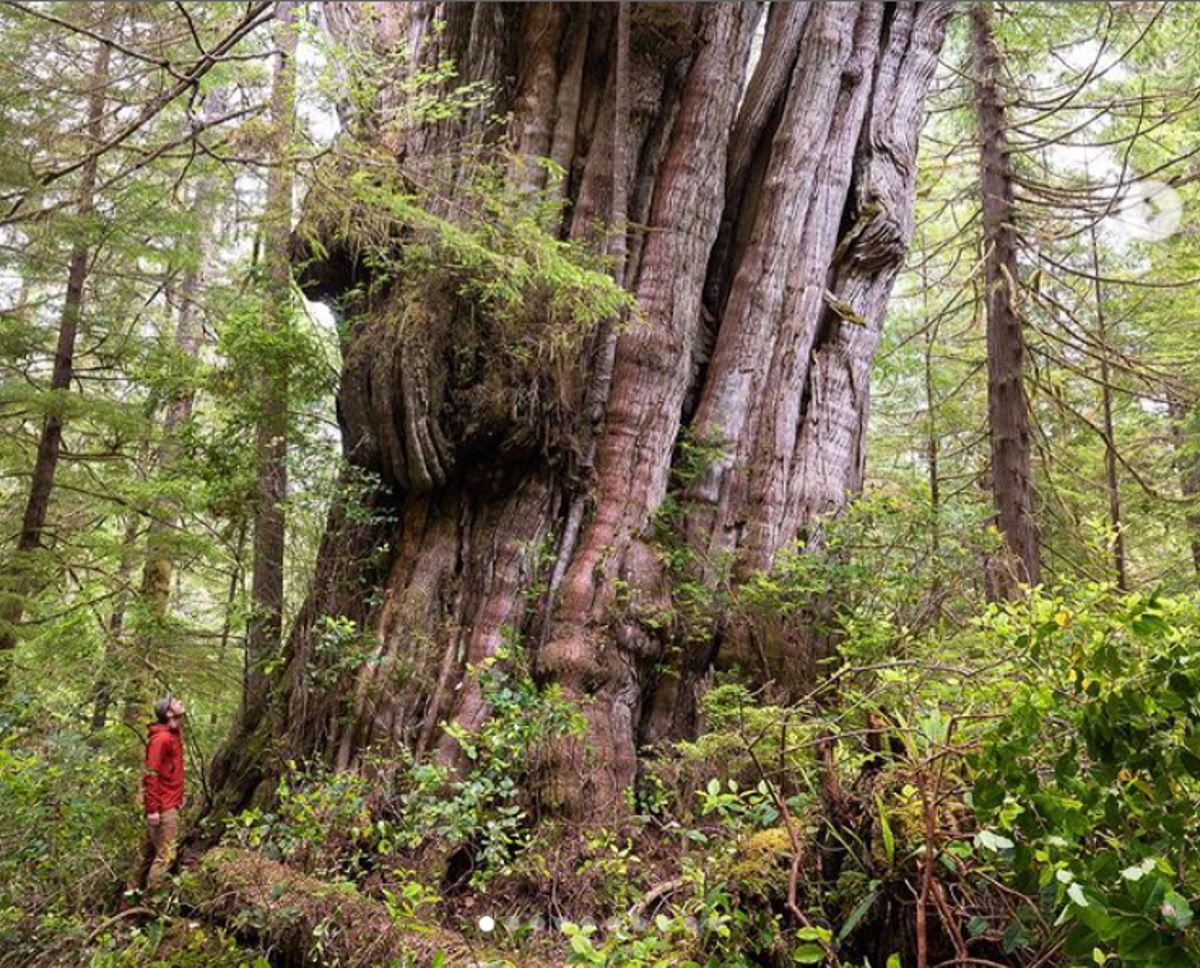
Source: @ancientforestalliance/Instagram
“After bushwhacking for a while in the woods, we started to see some really large cedars, then suddenly, up ahead, we could see the looming trunk of this giant tree,” he said. “It was so large that, at first, we almost thought we were looking at two trees.”
‘The Wall’ Was Discovered Over Two Years Ago
Speaking on the recent photograph he shared online, Watt admitted they actually came across the tree, which he nicknamed “The Wall” nearly two years ago, according to The Post.
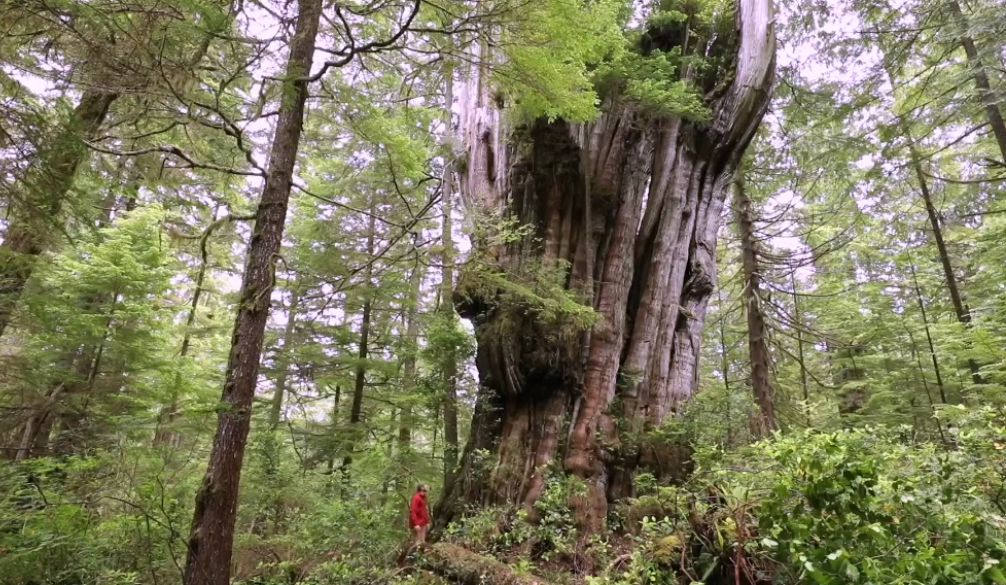
Source: @ancientforestalliance/Instagram
In the time that elapsed following his discovery, Watt spoke with members of the Ahousaht First Nation, native peoples who have lived in the region for several millennia.
Keeping the Tree's Location a Secret
Watt revealed that after speaking with the indigenous people of the region, they all decided that the best way to ensure the tree’s longevity was to keep its location a secret.

Source: Wikimedia
“It was decided that we should keep the tree’s location a secret because these are sensitive areas, and everything could get pretty trampled if word got out where to find it,” he said.
The Most Impressive Tree in Canada
During his adventure, Watt revealed they took the time to measure the tree, which is estimated to be around 1,000 years old. The ginormous monolith stands over 150 feet high and is the most impressive he’s ever witnessed in person.
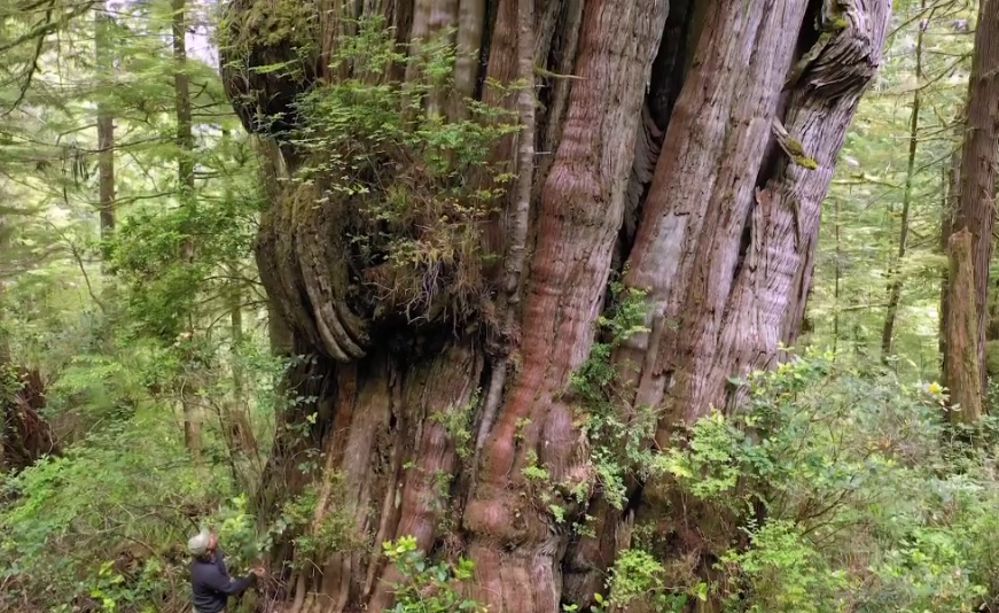
Source: @ancientforestalliance/Instagram
“I’ve found thousands and thousands of trees, and I’ve shot hundreds of thousands of photos of old-growth forests,” Watt told the Post. “But I’ve never seen a tree as impressive as this one.”
Humbled by the Magnificent Discovery
During his talk with the Post, Watt detailed how he felt following the discovery, expressing the overwhelming sense of peace as he gazed upon the thick body of the tree.
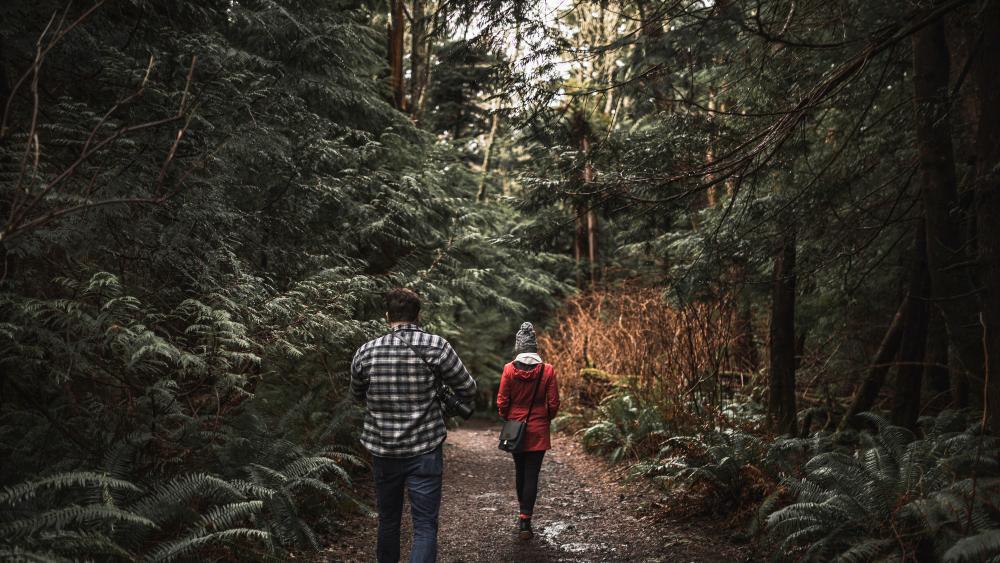
Source: Wikimedia
“It was incredible to stand before it,” he said. “I’d describe it as a freak of nature because it actually gets wider as it gets taller. As I looked up at it, I felt a sense of awe and wonder.”
Ancient Forest Alliance Comments on the Discovery
In a post shared to the Ancient Forest Alliance Instagram page, they wrote, “This giant could possibly have the largest or near largest wood volume of any tree in Canada for about the first 50 ft of its trunk – the part you see and experience from the ground. This would make it, experientially, perhaps the most impressive tree in Canada, despite other cedars being taller or ranking higher overall.”

Source: Wikimedia
The post continued, “It grows in a remote region of Flores Island in Ahousaht territory in Clayoquot Sound, BC. It has garnered the nickname ‘The Wall,’ or ‘iiḥaq ḥumiis,’ meaning ‘big red cedar’ in the Nuu-chah-nulth language.”
The Ahousaht Nation
Estimates suggest the Ahousaht First Nation has around 2,400 members, with 1,100 of those living on Flores Island according to Tyson Atleo, a hereditary representative for the native peoples.
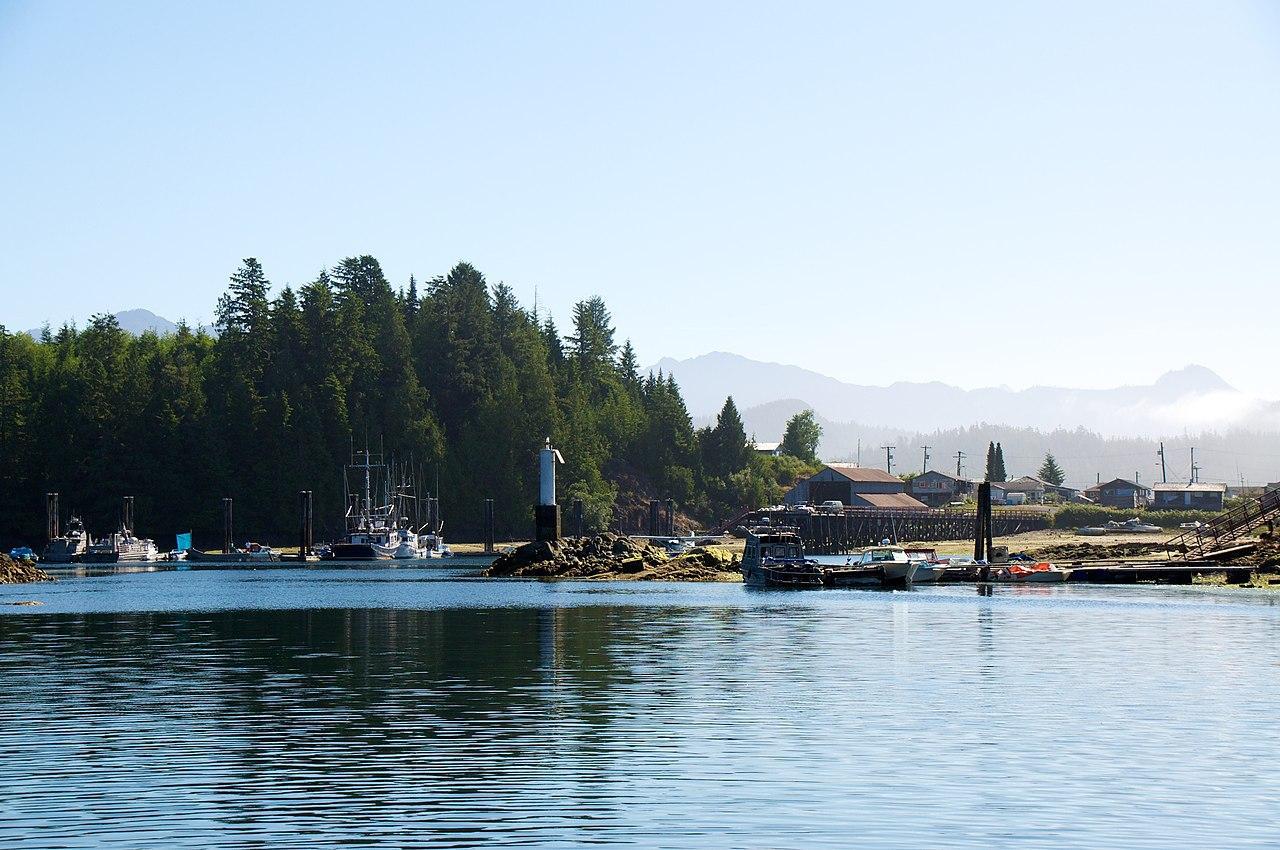
Source: Wikimedia
Atleo acts as a caretaker of history and cultural traditions for the ancient group. However, he admits he hadn’t seen the enormous red cedar until Watt took him along to see it.
The Beauty of Mother Nature
According to 37-year-old Atleo, the tree portrays the true beauty and capabilities of Mother Nature, stating, “The tree leaves you with a sense of wonder about the natural world and the universe.”

Source: Wikimedia
He continued, “There is so much about that tree and the life it upholds that we will never understand. When you look at it, it hits you like that.”
Generations of Atleo People Have Gazed Upon the Tree
Atleo went on to reminisce about the many generations of Ahousaht people who have likely admired the beauty of the tree over its long life.

Source: Wikimedia
“People would have seen this tree for hundreds of years — my people would have interacted with it for as long as it’s been here,” he said. “Today, we covet these large trees because there are so few of them left.”
